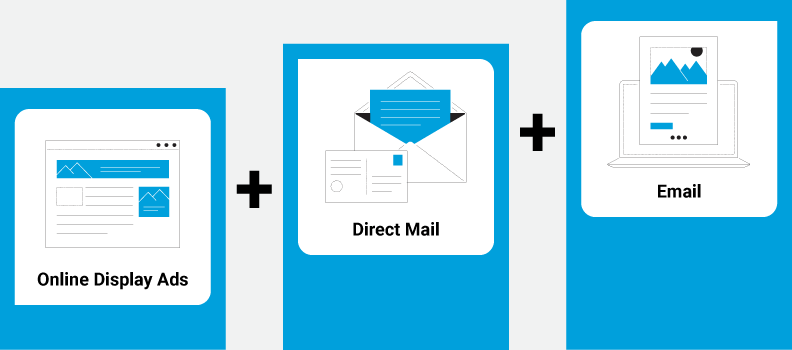By now you know that building email lists is a crucial part of marketing and growing your business. There are literally dozens, possibly hundreds, of ways to quickly and easily grow your email list. These “quick-hit” additions are crucial to a healthy email database, and you should always be looking for these easy increases.
However, there are more advanced techniques for growing your email list that you will want to implement. These methods will help you sustain a robust email list over the long-term because they involve smart changes to the overall look and feel of your online presence.
1. Carefully place your opt-in call to action (CTA)
One thing your website needs is a place where visitors can provide their email and subscribe to your newsletter or to get updates, known as an opt-in. The actual spot where this CTA appears can either annoy your visitors and drive them away from your site, or entice them to provide their valuable personal information. At first you may think a pop-up window would do the former, but in actual practice, they do work. If you’re still apprehensive about an intrusive pop up, consider other options. For example, a “sticky widget” so the CTA appears at the top of the screen, even when the reader scrolls down the page. Alternatively, you can preview your blog (or other educational content), and require an opt-in to view the rest.
2. Focus on the right keywords
Take a serious look at which channel is driving traffic to your website. Throw out anything that is a paid channel, sort through what’s left and then look at which URLs on your site are attracting this most traffic. From there, you can figure out which keywords are being searched to drive traffic to those specific pages. Once you know those keywords, you can create content based on them – for example, a blog series, an ebook or a white paper. In order to view or download the content, a reader would have to provide an email address.
3. Create strong landing pages
If someone searches for you, what are they going to see? A good landing page is simple, straight-forward and done in eye-catching colors. Beyond that, every promotional offer you extend should have its own landing page that is cohesive with your overall website in color, design and message. If a reader is directed to an appealing website with a well-placed opt-in, he or she will be more likely to join your email list.
4. Find more of your best customers
You should be tracking purchase history, and the details of your best customers, such as address and approximate annual income. Then you can review your list and see how many of your best customers live in the same zip code and have about the same income. Now you’re building a picture of who is likely to be your best customer, and you can start targeting other prospects in that zip code. If you’re not quite able to piece together all the details of your idea customer, Data Axle USA can help with customer analysis and profiling services. And, if you have some information on your best customers but you want more, Data Axle USA can gather the additional details you need with its data enhancement services.
5. Segment your existing database
Not all of your customers or prospects belong on the same list. For example, some customers always take advantage of a 10% offer, and some rarely do. Both of these customers belong in your database, but you don’t need to market to the latter bunch as often as you do the former. You could divide them into separate email lists, noting that you should contact the first group more frequently. Every new customer who fits the same profile goes into his respective specialty list. Data Axle USA can help you create the perfect email lists to fit your business profile.
No matter where you are in the process of building your email list, these techniques will ensure you create a well-defined, functional email database that grows over time. No matter what you need, Data Axle USA can help with email marketing services, including designing email campaigns, obtaining email addresses and maintaining email lists.







